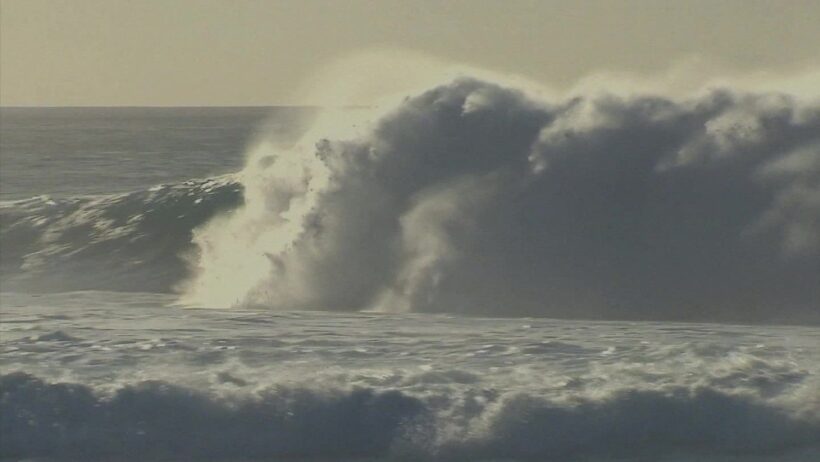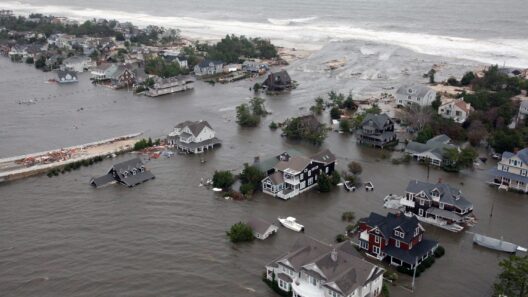Understanding the phenomenon of rising sea levels is paramount in the context of climate change and environmental science. The oceans, which cover more than 70% of our planet’s surface, are inextricably linked to various climatic and geological processes. Numerous studies and extensive data collection over the past decades have revealed compelling evidence that sea levels are indeed on the rise. This article delves into different dimensions of this critical issue, exploring the scientific underpinnings, implications, and the observable patterns that testify to this climate crisis.
Determining the Impact of Melting Glaciers and Ice Sheets
One of the most significant contributors to rising sea levels is the melting of glaciers and polar ice sheets. Glaciers, primarily found in polar regions and mountainous areas, store about 69% of the world’s freshwater. As global temperatures increase, these glaciers are retreating at an alarming rate. For instance, research indicates that Greenland’s ice sheet is losing mass at roughly three times the rate it was in the 1990s. Satellite imagery and ground-based measurements reveal that the total mass loss from the Greenland Ice Sheet has escalated dramatically over the last few decades.
In Antarctica, the situation is equally concerning. The West Antarctic Ice Sheet is particularly vulnerable to warming ocean waters. Studies have shown that this region’s ice losses have contributed significantly to sea level rise, with predictions indicating that the sheet could collapse under current climate scenarios, leading to several feet of sea level increase over the coming centuries. Such melting glaciers and ice sheets result not only from localized warming but also from oceanic changes, which are often overlooked in public discourse.
The Thermal Expansion Phenomenon
Another factor contributing to rising sea levels is thermal expansion. As ocean temperatures increase, seawater expands. This physical phenomenon is responsible for roughly half of the observed sea level rise since the 1970s. The Intergovernmental Panel on Climate Change (IPCC) has confirmed this relationship through detailed assessments of global temperature data and sea level measurements.
Warmer seas can exacerbate the effects of melting ice, meaning that the consequences of climate change are often cumulative. The most recent models show the oceans have absorbed approximately 90% of the excess heat from global warming, creating an insidious feedback loop where warming leads to further sea level rise, which in turn influences even more warming due to the loss of reflective ice surfaces.
Utilizing Satellite Technology for Precise Measurements
Satellite technology has revolutionized our understanding of sea level rise. Over the past few decades, missions like NASA’s GRACE (Gravity Recovery and Climate Experiment) and its successors have provided invaluable data regarding changes in the Earth’s gravitational field. This information allows scientists to quantify the mass of ice lost from the polar regions and monitor changes in ocean volume.
Moreover, altimetry satellites have been instrumental in measuring sea surface height with unprecedented precision. These satellites carry radar instruments that bounce signals off the ocean surface, detecting minute changes in height that correspond to sea level rise. By analyzing this data, researchers can discern trends and predict future scenarios, thereby informing policy responses and community preparedness efforts.
Regional Variations in Sea Level Rise
It is important to note that sea level rise is not uniform across the globe; certain regions are experiencing significantly higher levels than others. From the Gulf of Mexico to the western Pacific, local variations are influenced by factors such as ocean currents, land subsidence, and freshwater inputs from melting glaciers. For example, the state of Florida has been grappling with notably high sea levels, exacerbated by subsidence and geological factors. This localized view is critical for understanding how communities can adapt to changing environments.
Societal Implications of Rising Sea Levels
The ramifications of sea level rise are extensive and multifaceted. Coastal cities, home to millions, face increasing risks of flooding, erosion, and saltwater intrusion into freshwater sources. Notably, areas like New Orleans, Jakarta, and Miami are at the forefront of these challenges. These shifts could lead to displacement of populations, loss of property, and increased economic costs in terms of infrastructure investments and disaster response.
The interconnectedness of ecosystems also poses risks. Wetlands, mangroves, and coral reefs that serve as natural barriers are increasingly threatened, resulting in a loss of biodiversity and habitat destruction. This situation emphasizes the need for comprehensive environmental policies focusing on both mitigation of greenhouse gas emissions and adaptation strategies for communities at risk.
Conclusion: Emphasizing the Urgency of Action
The evidence supporting rising sea levels is compelling and multifaceted, underscoring the urgent need for collective action. As climate change continues to advance, understanding the causes and implications of sea level rise becomes ever more crucial. It is not merely a scientific or environmental concern; it is a pressing social issue requiring informed discourse, proactive policymaking, and sustainable community engagement. Only through collaborative efforts can we hope to mitigate the looming threats posed by our changing oceans.







